Does Cognac Contain Allergens or Animal Products?
~
With the increased focus on the labelling of foodstuffs correctly, and in detail, we do get asked about the content of cognac, including allergens. To ensure we have accurate information for our customers, we put the question to the BNIC (Bureau National Interprofessionel du Cognac), Cognac’s governing body, and this is what they told us:
Cognac is made exclusively by the distillation of wines, produced in a limited area, from specific grape varieties. After distillation, Cognac is aged in oak barrels. Based on this production process, cognac does not contain any of the allergenic substances or products listed in European Regulations.
Subsequent to this process, certain additions are authorised – sugar, caramel, decoction of oak chips and water. None of these are from animal origin therefore, cognac appears to be compatible with vegetarian or vegan diets.
Additionally, none of the yeast strains qualified by the BNIC for fermentation of the wines, intended for cognac production, are Genetically Modified Organisms (GMOs). Therefore cognac can be classified as GMO free.

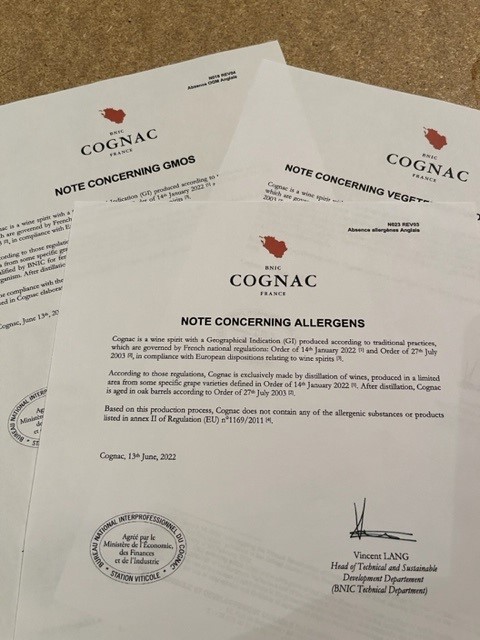
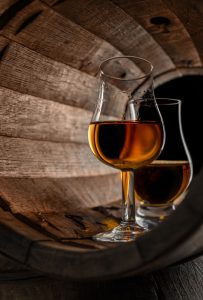 The premium drinks market is seeing a significant rise in demand as the worst effects of the pandemic subside. The BNIC has just released figures that show a 31% increase in cognac exports by value, equating to an increase of 16% by volume. These rises also compare favourably to the pre-pandemic demand in 2019. “This growth reflects a real recovery of cognac, as well as new consumption habits,” the BNIC said. Sales to the spirit’s largest market, the United States, climbed 11 %, sales to China, its second biggest, leapt 56 % whilst European sales were up 8%. Cognac sales are also growing in newer markets, particularly South Africa and Nigeria.
The premium drinks market is seeing a significant rise in demand as the worst effects of the pandemic subside. The BNIC has just released figures that show a 31% increase in cognac exports by value, equating to an increase of 16% by volume. These rises also compare favourably to the pre-pandemic demand in 2019. “This growth reflects a real recovery of cognac, as well as new consumption habits,” the BNIC said. Sales to the spirit’s largest market, the United States, climbed 11 %, sales to China, its second biggest, leapt 56 % whilst European sales were up 8%. Cognac sales are also growing in newer markets, particularly South Africa and Nigeria.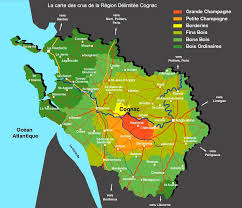 To meet the ever growing demand for
To meet the ever growing demand for 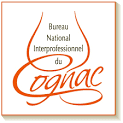 region and created the wine and eaux-de-vie distribution bureau to preserve the cognac stock. When the war ended this organisation emerged as the Bureau National Interprofessionnel du Cognac (BNIC), cognac’s governing body. Composed equally of growers and merchants, the BNIC acquired a great deal of de facto independence from the government in the formulation and supervision of the rules governing
region and created the wine and eaux-de-vie distribution bureau to preserve the cognac stock. When the war ended this organisation emerged as the Bureau National Interprofessionnel du Cognac (BNIC), cognac’s governing body. Composed equally of growers and merchants, the BNIC acquired a great deal of de facto independence from the government in the formulation and supervision of the rules governing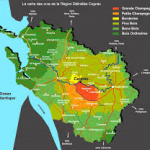 cognac. The BNIC also took over the role, previously performed by Martell and Hennessy, of deciding the price of new brandies from various crus. The cognac region had been divided into crus in the 1930s as a natural consequence of the Appellation d’Origine Contrôlée system which had become law in 1905.
cognac. The BNIC also took over the role, previously performed by Martell and Hennessy, of deciding the price of new brandies from various crus. The cognac region had been divided into crus in the 1930s as a natural consequence of the Appellation d’Origine Contrôlée system which had become law in 1905.